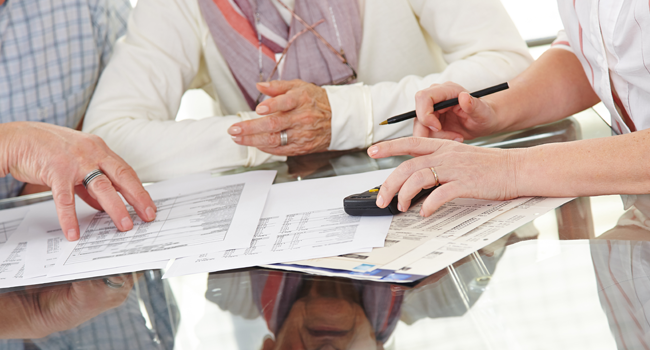You might not know it yet but starting in April your savings prospects are about to look a lot rosier. That’s because the new Personal Savings Allowance (PSA) is due to reward savers with a brand new tax exemption, as Acumen reports.
What some forecasters are calling “one of the most significant changes to our personal finances in 2016” – the new Personal Savings Allowance (PSA) – has largely passed beneath the radar thus far. However, the new tax exemptions that will unfold as a result are certainly worth knowing about.
Allowances from £500 to £1000
As of April 6, the new PSA grants basic-rate taxpayers £1,000 of savings income free of tax, and higher-rate taxpayers a £500 allowance. Additional-rate taxpayers on the top 45% rate won’t receive any allowance at all.
Not a bad deal is it? However, these newfound freedoms might just throw up more questions than answers for many people who’ll be weighing up just where to put their hard-earned savings in order to yield the best possible return.
Is this the end of ISAs?
In a word, no. whilst ISAs will no longer be the only option for accruing tax-free savings interest, they still “offer long-term tax protection and you can build a substantial ISA pot over time, with the flexibility to invest in different assets,” writes James Connington for The Telegraph. “Capital gains and income arising within the ISA are free of further tax,” he adds.
However, the new PSA does present an intriguing additional saving option. Current accounts, fixed rate bonds and regular savers will all be covered under the new rules, and current accounts are predicted to pay rates up to 5% – triple the rates of many easy access ISAs.
Where to invest your money?
So which is the better savings route; an ISA, bond or high interest current account? There is no obvious out-and-out winner, but the obvious answer is to save up to your PSA limit in high interest current accounts and save any remaining funds in an ISA.
Connington continues:
A basic rate taxpayer, for example, could put £20,000 into Santander paying 3%; £2,500 into Nationwide earning 5%; £2,000 into TSB paying 5% and £5,000 into Lloyds earning 4%. This would tie up a total £29,500 capital, and pay out £965 after fees at a nominal rate of just over 3.27%. The best two-year fixed rate cash ISA, by comparison, pays 2%.
These types of calculations do of course rely on certain assumptions, such as your future income and ISA rates remaining lower than other savings options over the longer term – neither of which can be predicted with any real certainty.
“Even if you remain within your allowance, if that allowance were to diminish in the future or you were to move up an income bracket, you could become liable for tax on savings. ISA allowances for the years in which you did not fully use them would be lost,” Connington adds.
PSA Facts
- From April 2016, everybody will get a personal tax free allowance for interest earnings on savings.
- For lower rate tax payers this will be £1,000.
- Higher rate tax payers will receive a £500 allowance.
- Anyone earning more than £150k a year will not receive a personal allowance.
- Beyond the allowances, lower rate taxpayers will pay 20% on savings income, and higher rate taxpayers 40%.
To discuss your financial plans with one of our dedicated team, please contact us today on 0151 520 4353 or email info@acumenfinancial.co.uk.
Related Articles
-
Advice
 December 14, 2012
December 14, 2012Good news for investors!
News from the US that the Federal Reserve has linked interest rates to the unemployment rate is unpr.... -
Advice
 February 27, 2013
February 27, 2013Changes to the UK State Pension system
There has been a lot of newspaper inches devoted to the new state pension announced by the Coalition.... -
Advice
 August 20, 2014
August 20, 2014Is a pension the only way to save for retirement?
Acumen is regularly asked for advice about the best way to plan for retirement and whether pensions ....

